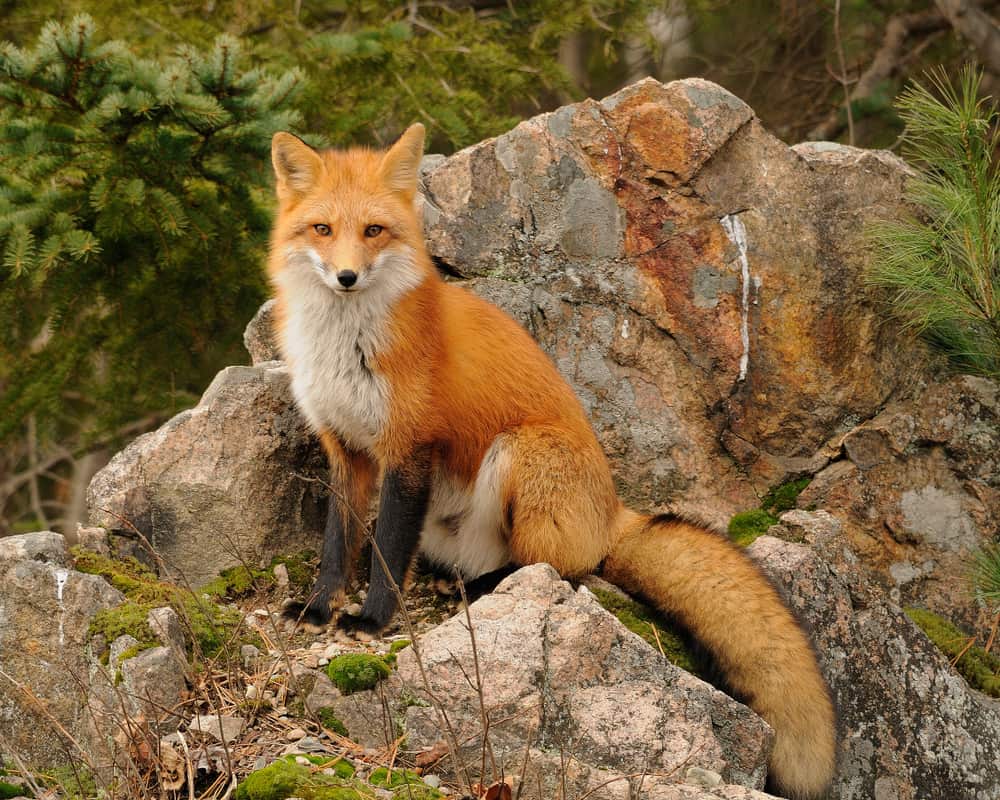Growing up, we have all heard stories about the clever and cunning fox. This animal is often looked upon as something villainous. But the truth is they are just better at adaptability than others!
A fox has excellent senses; it can see perfectly well in dim light, hear the lowest frequencies produced by its prey, and detect the lightest of scent trails. With a speed of 45mph, it is also very fast and agile.
The cherry on top is its extensive diet. Be it rabbits or vegetables – a fox will feed on anything that is available. Some are known to enjoy bread and table scraps too!
So, one thing is pretty clear that a fox can survive in any environment. But does that also mean foxes can live anywhere? Or are there specific countries?
In today’s post, we will discuss “Where do foxes live” in great detail. From their natural habitats to the places they visit in a day, let’s uncover the whereabouts of a fox together!
Where Do Foxes Typically Live?
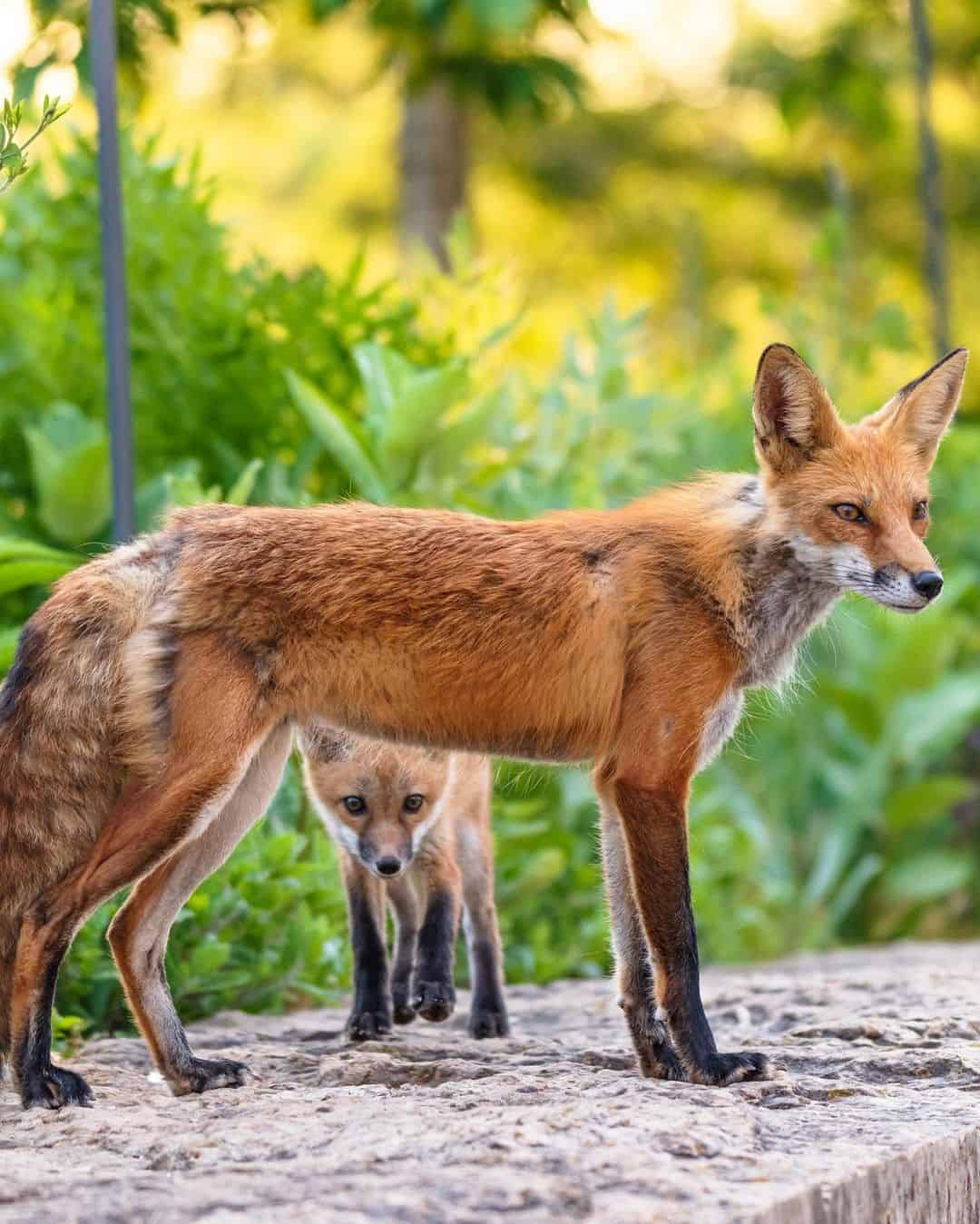
Image Credit: thebriansiegel
Since foxes are highly adaptable animals, they are found in various climatic regions. Of course – the foxes in each region have further specialized characteristics to help them survive better.
This is why you will find so much variation. However, according to experts, there are only 12 sub-species that belong to the true fox family (Vulpes Vulpes). The rest of them are either from the paraphyletic group or the outlying group.
So, depending on the type of fox, you can find them in one of the following regions:
1. Forest
In the forest, there are various natural places to seek cover and protect the young fox cubs. The tall trees and dense grasslands provide excellent protection from enemies. There are also secluded spots to build a home.
The abundance of vegetation and animals means easy access to food too. Foxes don’t have to work extra hard to survive because the wildlife offers them plenty of options to hunt. This is why a lot of fox species live in the forests, like the red fox, gray fox, Darwin’s fox, and many more.
2. Mountains
It is not very common but some fox species prefer living on mountains. For example, the Culpeo fox lives in the Andes of South America.
They have a medium-sized body (somewhere between a red fox and a coyote). Not much is known about Culpeos, except that they rarely interact with humans and can be found up to 4,800 meters above the ground.
Some foxes like to live at even higher elevations, such as the Tibetan fox. It can be found on the 17,100 feet high Tibetan plateau!
But, if you ignore the extremity of height, the plateaus have grasslands and lots of headwaters. This means an abundance of animals and easy survival.
3. Deserts
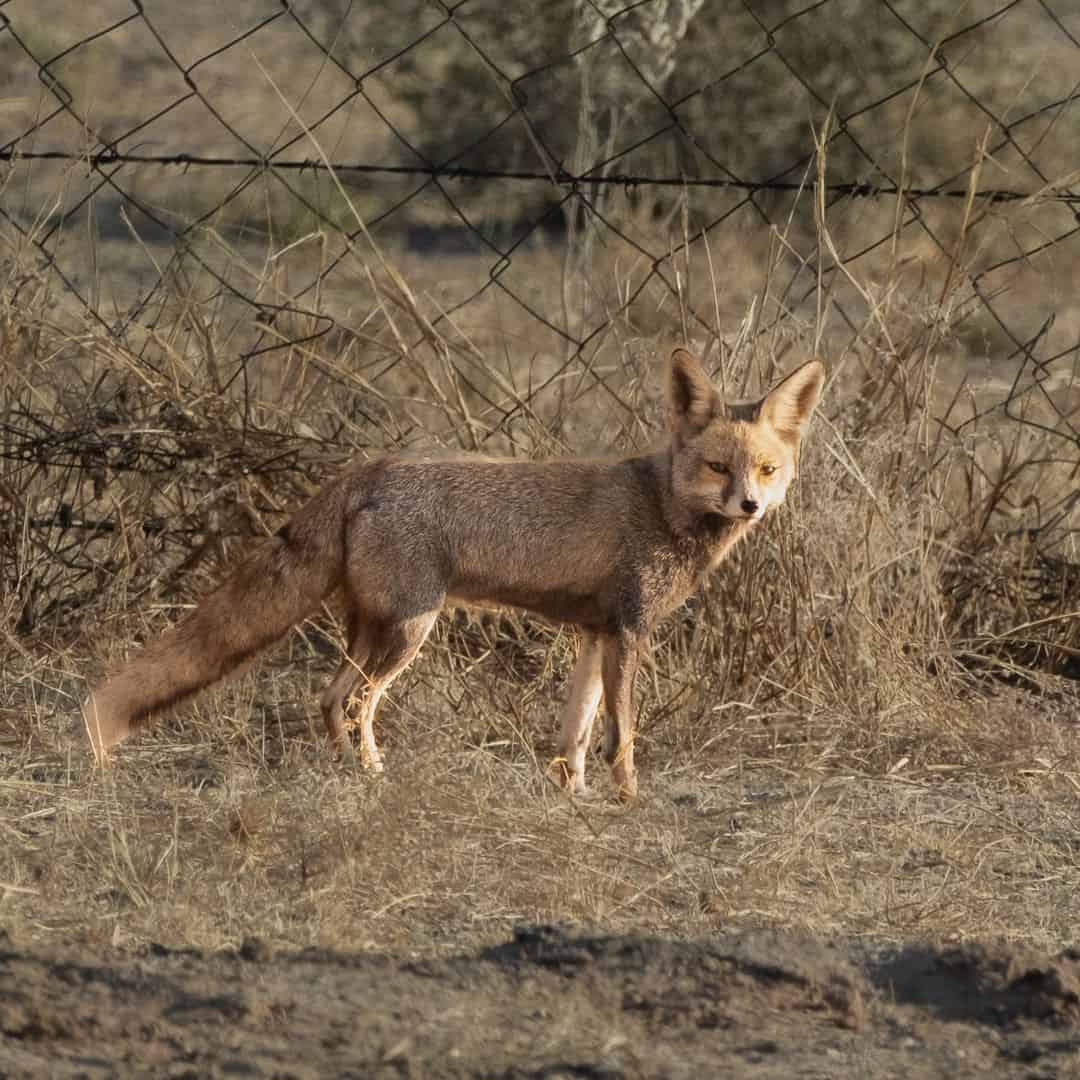
Image Credit: santoshbhat_gd
Desert foxes can survive extreme temperatures, even with their fur bodies. This is because their body has adapted in different other ways. For example, the Fennec fox has large heat-radiating ears and fur-covered feet.
It primarily relies on the prey to get some moisture, but it may also lick the dewdrops on the den walls. Since both of these sources can be insufficient, the kidneys of a fennec fox can conserve water.
This particular adaption helps them survive days without water. They further cope with the heat by panting and sleeping in their underground dens.
4. Arctic Tundras
With an average temperature between 10 to 20F, the Arctic Tundra is the coldest place on this planet. There is no greenery or running water sources. Instead, the area is covered with permafrost.
Surprisingly, foxes also live in this snowy and windy place. The white Arctic foxes have thick fur and heavily padded paws that keep them warm. They also have an extraordinary sense of smell that helps them locate prey under the snow.
However, if you think Arctic foxes are the only specie in the tundras, you’re highly mistaken. The red foxes are also found there. In fact, they are known to kill Arctic foxes too.
5. Urban Areas
Since foxes have excellent adaptability skills, many of the species have adjusted to life in urban areas. These foxes build dens near human settlements and scavenge carrion from garbage cans or dumpsters.
They may also hunt small rodents (rats and mice), squirrels, and insects. If they can’t find prey or dead meat, they will eat whatever humans consume. This includes eggs, berries, and table scraps.
But they don’t interact with humans. They will only come out at dawn, dusk, or late night hours to hunt.
Where Do Foxes Live By Country?
| Country | Common Types of Fox |
| United States of America | Gray fox, red fox, and kit fox |
| Canada | Gray fox, swift fox, and arctic fox |
| Mexico | Kit fox and swift fox |
| Iceland | Arctic fox |
| Russia | Arctic fox and red fox |
| Africa | Red fox, Fennec fox, and Ruppel’s fox |
| Great Britain | Red fox |
| Australia | Australian red fox |
| Norway | Arctic fox |
| Saudia Arab | Different desert foxes (Fennec, Ruppel’s, etc) |
| Asia | Blandford’s fox, Red fox, Corsac fox, and Tibetan fox. |
What is the House of a Fox Called?
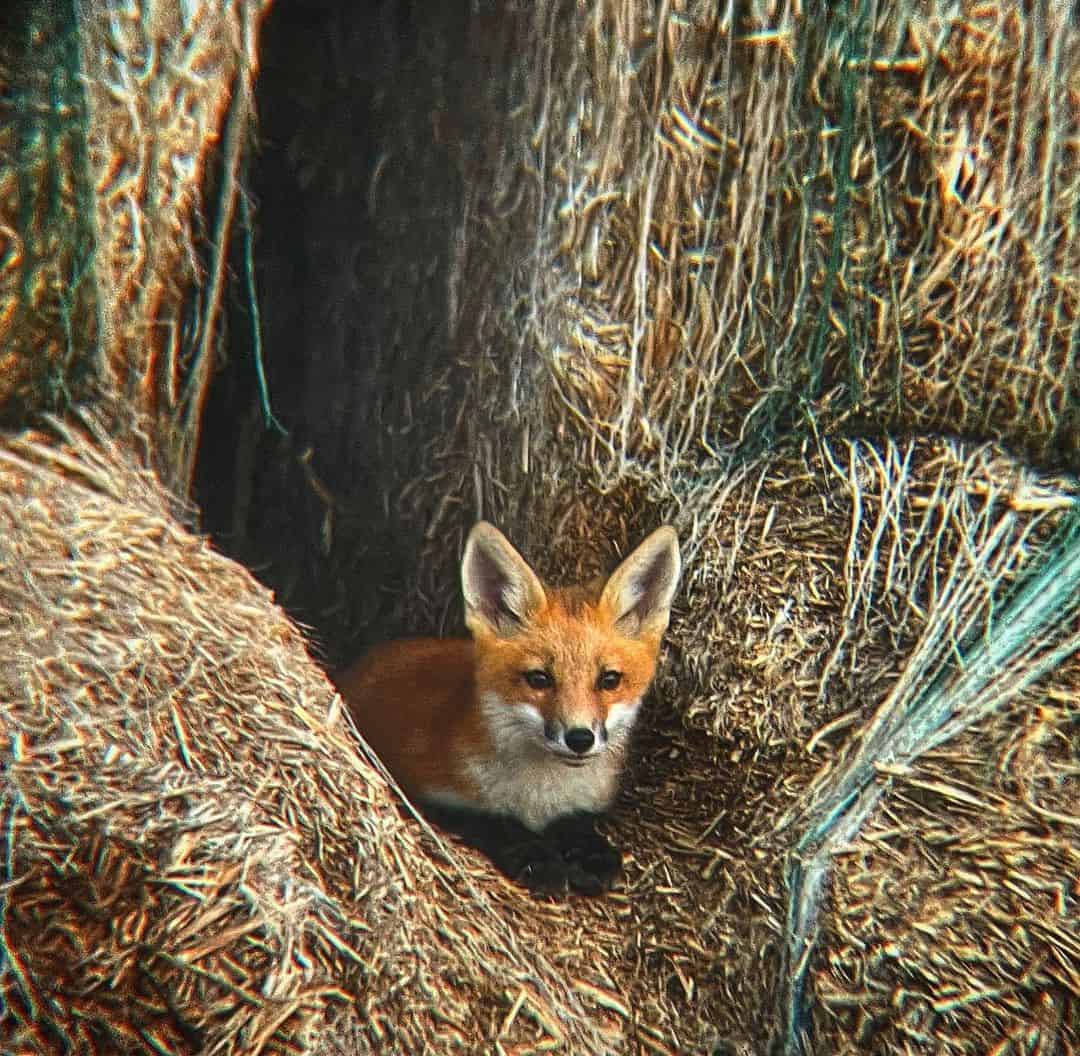
Image Credit: berta_bucks
A fox house is called a den. Sometimes, people may refer to it as a sett or lair. However, the proper term is den.
The den has a complex structure with several tunnels and rooms. Although the exact number of these rooms depends on the fox population, each den has 4 basic parts. These include:
1. Entrance
Foxes always build the entrance of the den in a grassy area. Usually, you will find it under the bushes or between the rocks. These spots offer good cover and keep the den hidden from predators.
Moreover, since foxes like to enter and exit through the same entrance, there is only one entrance to a den. However, if the structure is too complex, there might be more entrances.
2. Ramp
Most dens are almost 8 feet deep. This requires a downhill ramp for the foxes to travel from the entrance to the main den. The ramp may be wide or narrow depending on the space inside and the fox type.
There are also tunnels that connect the main den to the rest of the structures. The average length of tunnels is 15 to 25 feet, but they can also be as long as 50 feet!
3. Main Den
Also called the natal den, the main den is the largest part of a den. It is where the females spend their pregnancy time, give birth, and raise the offspring. There are around 4 to 5 babies in each litter.
At the time of birth, fox cubs are blind. It takes two weeks for them to gain their vision and another few weeks to learn basic fox practices. So, until then, the mother needs to keep the cubs in the protection of the den.
When the cubs are six weeks old, the mother will let the babies out and guard them as they learn to hunt for themselves. Once the babies are no longer infants, they will leave the mother to start mating and marking territories.
4. Food Storage Room
Since the vixens spend so much time inside the den, the foxes always create a food storage room to ensure their survival. They will hunt prey and store them in abundance. This food will be used by pregnant vixens and cubs.
Where Do Foxes Live and Sleep?
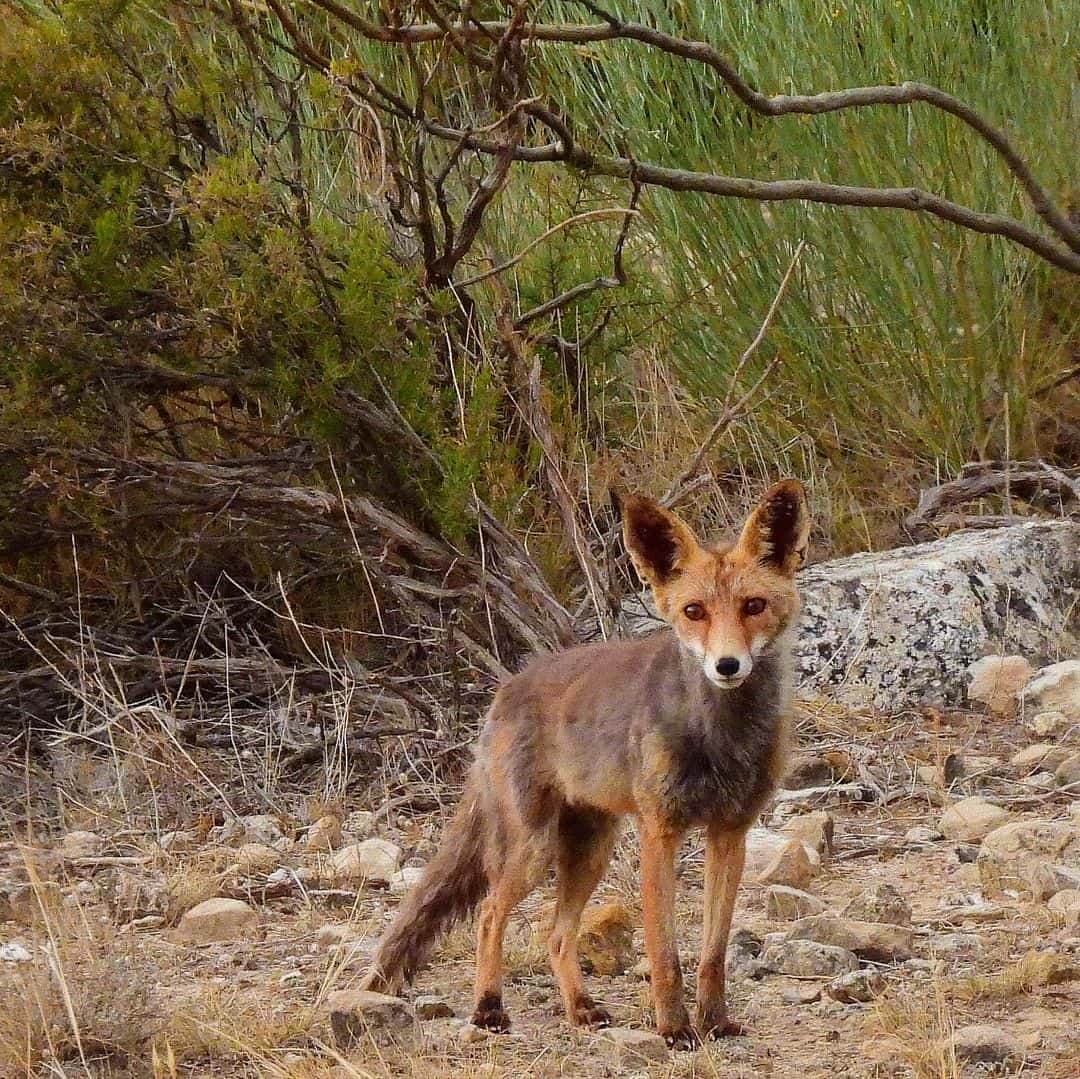
Image Credit: olesapep
Foxes prefer to live and sleep in different places. They will spend their time hunting and marking territories wherever they go. When they want to rest, they will find hidden spots like tall grass, thick bushes, and between rocks.
This protects them against predators. However, when it rains, the foxes will either jump into the burrow of other small mammals or dig a temporary one (also called a fox rest). This is because foxes don’t like getting wet and will do anything to keep themselves dry.
Please note, foxes don’t live or sleep in their den. It is only used by vixens in the breeding season. The vixens will sleep near the den or outside it. Once pregnant, they will go into the den and stay until the pups are six weeks old.
The vixens from the previous litter will also spend time with the mothers. However, no male will come near the den. They will hunt and protect the territory until the babies are independent.
The only exception to this is the foxes living in extreme environmental conditions. Fennec foxes often sleep in their underground den to keep themselves cool.
Before You Go!
Now that we know the answer to the question – where do foxes live? You must be wondering whether foxes can be dangerous to humans. Yes, but only when you hurt them first.
Foxes are clever animals who prefer to flee than fight. So, whenever they come across a human, they will run away. They won’t bite or attack until you handle or capture them. But this doesn’t mean you should be friendly to them.
Feeding a fox can condition it to depend on you. It will then associate you with food, and become a threat to you and your pets. So, the best thing is to leave the fox alone.
Have you ever had an encounter with a fox? Let us know your experience in the comments below!
